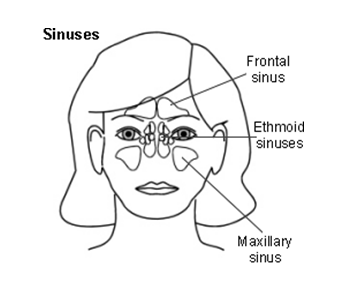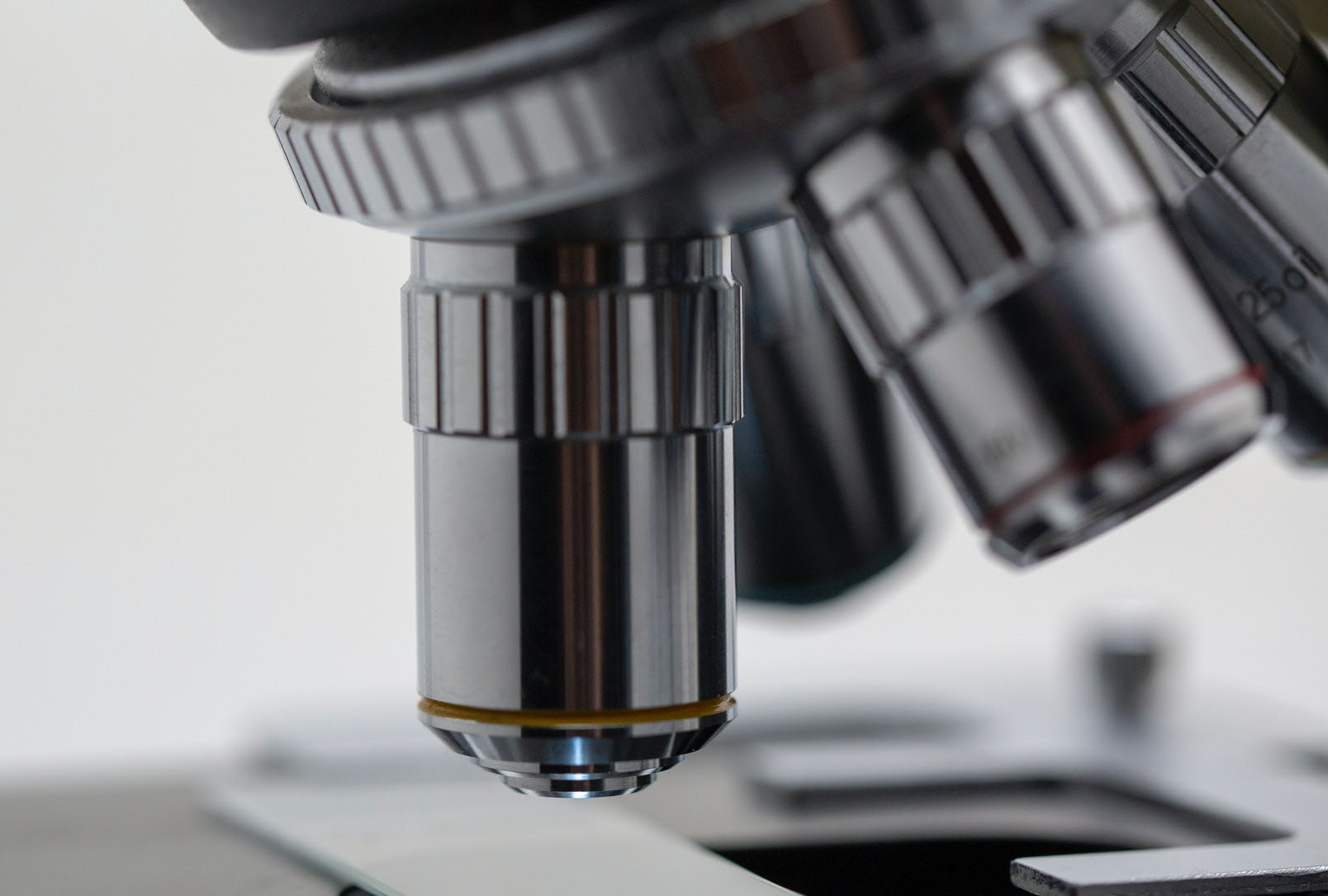

Sinusitis is the inflammation of the lining of the air-filled cavities within the bones of the face. They are called paranasal sinuses because they are located next to the nose.
The normal function of sinuses is to help to warm the temperature and control the humidity of the air reaching the lungs. The sinuses produce mucus which is drained into the nose through small ducts. If these ducts become obstructed, the mucus can be trapped in the cavities and become infected.
Sinusitis can be classified as acute (clears up within 12 weeks) or chronic (persists more than 12 weeks).
After examination at the clinic, Professor Lack may recommend diagnostic tests such as MRI or CT scans.


Symptoms of sinusitis may include:
- Blocked nose
- Thick nasal discharge
- Headache or toothache
- Tenderness and facial pain, especially when the patient lean forwards.
- Fever
- Post-nasal drip (a sensation of sticky mucus at the back of the throat)
Children can present with:
- Mouth breathing and have difficulty feeding.
- Irritability
- Speech may sound nasal
Patients may also experience:
- Tiredness
- Coughing
- Loss of taste and smell
- Pressure in your ears
- Bad breath (halitosis)
- General malaise
- Throat clearing
Causes of sinusitis include infections (viral, bacterial, fungus), irritants (tobacco, chemicals, pollution), allergies, structural abnormalities causing narrowing of nose passages (trauma, nasal polyps) and, very rarely, cystic fibrosis.

